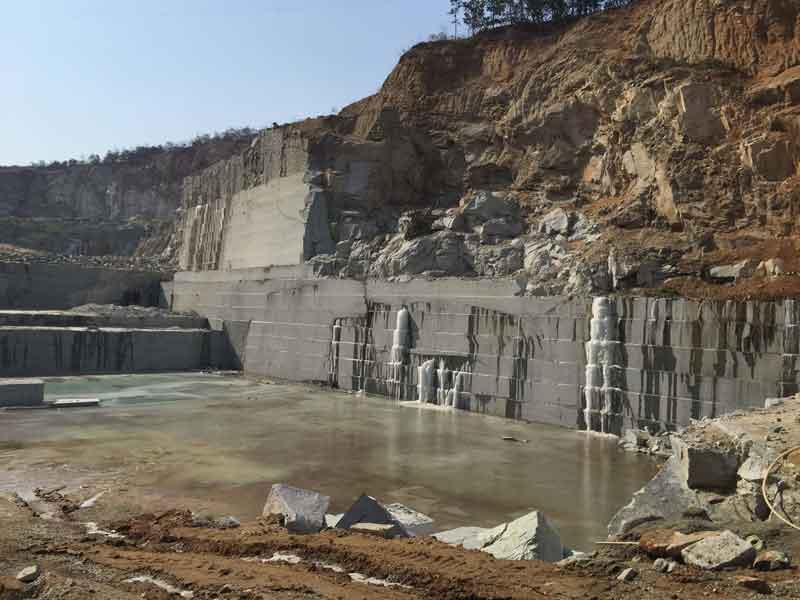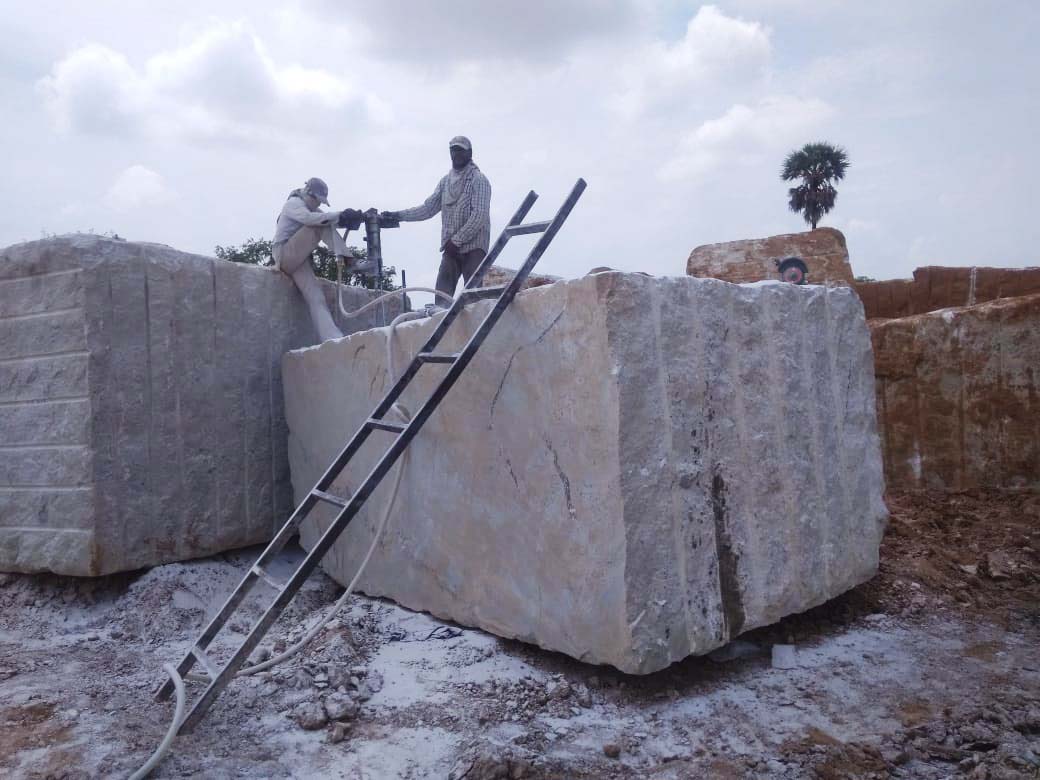Revealing Granite Quarries in South Africa Tradition: A Trip With Quarries
Revealing Granite Quarries in South Africa Tradition: A Trip With Quarries
Blog Article
Unveiling the Mysteries of Granite Quarrying: Where Strength and Beauty Meet
The globe of granite quarrying is a world where the raw stamina of nature merges with human virtuosity to develop frameworks that stand the test of time with an air of beauty. From the midsts of quarries to the thorough sprucing up in workshops, the process of transforming granite into architectural wonders is an intricate dancing of tradition and advancement. As we peer right into the midsts of this old craft, we start to uncover the hidden complexities that shape the really essence of our constructed setting.
The Origins of Granite Quarrying
In the annals of architectural history, the origins of granite quarrying are shrouded in a tapestry of old workmanship and geological wonders. Going back to old Egypt and Mesopotamia, the removal of granite from quarries noted the start of a trip that would at some point bring about the production of several of the globe's most legendary frameworks.
Granite quarrying's origins can be mapped to the experienced craftsmens that acknowledged the rock's longevity and visual appeal. Via a mix of primitive devices and large determination, these very early quarry workers discovered granite blocks that would become the foundation of human beings.
As worlds evolved, so did the methods of quarrying granite. The Romans, renowned for their design prowess, developed advanced methods for extracting granite to construct monuments, temples, and roadways that stood the examination of time.
The heritage of these old quarrying methods continues to form modern-day architecture, with granite remaining an icon of stamina and beauty in construction tasks around the world. (granite quarries in south africa)
Devices of the Quarrying Trade
The advancement of granite quarrying methods from ancient civilizations to modern-day times highlights the important function played by the tools of the quarrying sell shaping the sector's practices. In old times, quarrying devices were basic, often containing blades, hammers, and wedges made from materials like bronze or iron. These devices required substantial workforce and time to extract granite obstructs from quarries.

In addition, the intro of pneumatically-driven this link devices and high-powered equipment has actually significantly reduced the physical labor required in quarrying procedures, boosting employee safety and security and performance. As the quarrying market proceeds to innovate, the devices of the profession stay at the leading edge of driving progress and shaping the future of granite removal.
Removing Blocks of Granite
Making use of accuracy equipment and progressed strategies, the removal of granite blocks from quarries has become an innovative procedure in the modern quarrying sector. The preliminary step involves recognizing the place and size of the granite deposit to determine one of the most reliable extraction approach. Once a suitable website is chosen, the extraction procedure begins with the exploration of openings for the placement of nitroglycerins. Managed blowing up methods are then used to disintegrate the granite right into workable sections.

Polishing and Ending Up Methods
To achieve a perfect surface area on granite blocks, competent craftsmens employ a collection of thorough polishing and ending up techniques. After the first removal and forming procedures, the granite blocks undergo a complete polishing phase to improve their all-natural beauty and toughness.
In addition to polishing, completing strategies are used to further refine the granite's appearance. These her response methods might consist of flaming, developing, or brushing, each offering special appearances and coatings to suit different aesthetic preferences. Flaming, as an example, entails revealing the granite surface to heats to create a rough, textured surface, suitable for outside applications where slip-resistance is essential. Developing, on the other hand, offers a matte surface that is smooth to the touch, ideal for indoor countertops and flooring. By very carefully selecting and using these find out polishing and ending up techniques, craftsmens can change raw granite obstructs right into elegant items that display both stamina and beauty.

Ecological Impact and Sustainability
With the expanding emphasis on ecological awareness in the industry, granite quarrying techniques are significantly scrutinized for their effect on all-natural resources and long-lasting sustainability. Quarrying for granite can have significant environmental effects. The removal process commonly involves making use of hefty equipment, explosives, and big quantities of water, leading to habitat devastation, dirt erosion, and water contamination. In addition, the transport of granite from quarries to processing facilities produces carbon exhausts, further contributing to environmental deterioration. granite quarries in south africa.
To alleviate these effects and make sure sustainability in granite quarrying, sector stakeholders are taking on numerous actions. Implementing advanced technologies to reduce energy consumption and water use, redeeming quarried land for eco-friendly reconstruction, and advertising liable sourcing techniques are some approaches being used. Additionally, accreditations such as the Woodland Stewardship Council (FSC) and the Leadership in Energy and Environmental Design (LEED) help customers recognize eco-friendly granite items.
Verdict
In final thought, granite quarrying is a process that calls for specialized tools and techniques to essence blocks of granite and polish them to a high degree of surface. While the ecological effect of quarrying can be significant, initiatives are being made to enhance sustainability techniques in the sector. In general, granite quarrying is a fragile balance between utilizing the toughness and style of this all-natural rock while minimizing its influence on the setting.
Report this page